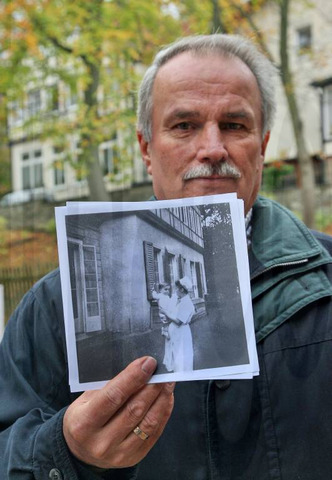“After the war… I was sent to a family who shortly afterwards sent me to another family, it was probably too much for them … I was three at the time. In the end I was taken by a woman who was already 63 years old, who gladly accepted me, but who raised me quite strictly,” said Hans Ulrich Wesch at the first meeting of the “Lebensspuren” – a support group for victims of Lebensborn.
He continues his story: “I got married in 1975 and my wife was wondering about my birth documents. She said that it must be possible to find my family. So we contacted the town hall in Wernigerode but never got an answer. Instead the former GDR secret service, the “Stasi“, ordered me to come to their office. They told me that there is nothing I can find anymore and I should stay away. They also told me that Lebensborn was a fascist organisation and that no files exist.”
Only after German reunification, when he had a chance to look through the Stasi files, did he find the information about his birth mother (and three sisters). He also found out that the Stasi had been observing adopted or fostered Lebensborn children all along and, for years, they had collected information about his behaviour in school, during his apprenticeship, in the army and at work.
Eventually, he managed to trace his birth mother and they were both members of the group “Lebensspuren”.
